I have lived in Seattle my entire life and have grown up riding the ferry. It’s a transportation system central to my existence. Along the way, I have often thought about ticket prices.
As a small child, I got to ride the boat for free. When I grew into a teen, I paid a reduced fare and distinctly remember turning 18 but pretending to be 17 in order to avoid the full adult price. I remember the walk-on ticket price being raised to $8 and being outraged, even as a high schooler (I could instead buy a sandwich with that money!). Most germane to this article, I recall having the realization that the price for a drive-on car is far greater than that of a walk-on, so therefore it would be best to try and walk on whenever possible.
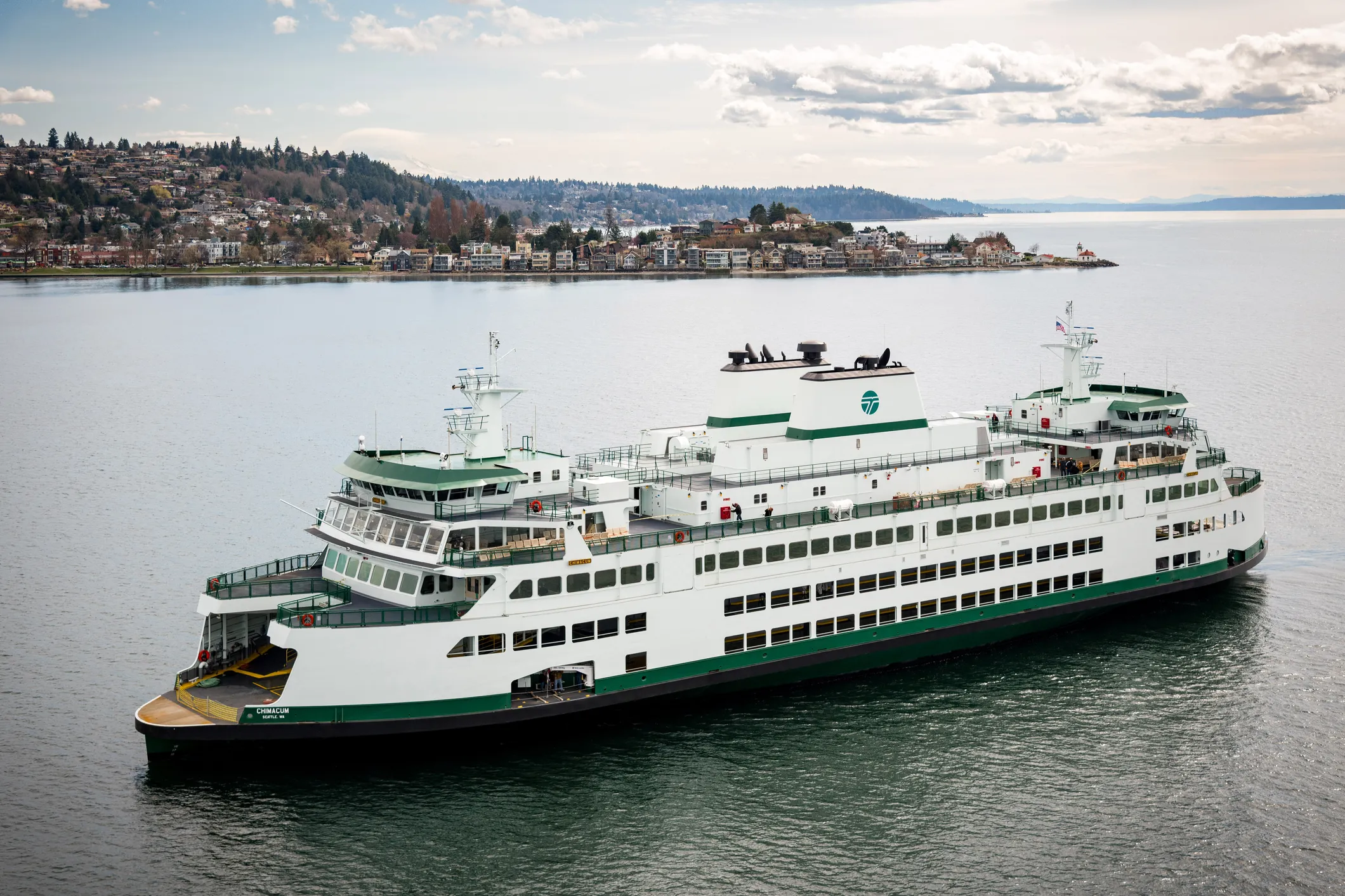
In the past year or so, though, I have become practically obsessed with the ideology of “urbanism”: prioritizing dense cities, encouraging walkability and cycling, expanding housing supply – and, crucially, reducing car dependency. This ideology is typified by projects like the “15 minute city” in Paris, the bicycle culture of the Netherlands, or the ST3 project here in Seattle.
One common sentiment in urbanist circles is that car dependency is a cancer on American society. There are a million examples I could cite, but the basic premise is that cars are “dangerous, smelly, loud, take up too much space, [and] are racist.” (I would also add that they’re insanely expensive).
The most emblematic example in Seattle is the controversy surrounding car policy in Pike Place Market – and oh boy it has been a hell of a couple weeks with that one. We, as a society, cannot seem to do the bare minimum to discourage cars in the one place in the city and state where cars obviously should be banned.
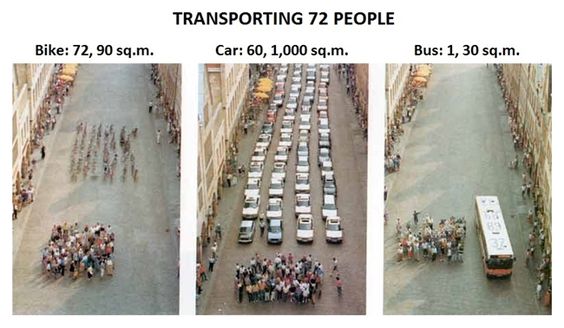
So what does this have to do with the ferry? Recall that the discrepancy in ticket prices between foot pedestrians and vehicles is quite large. On my most recent trip, I drove onto the boat. During the crossing, I considered exactly what those tickets are paying for, and came to a radical conclusion using some extremely trivial arithmetic: walk-on passengers pay roughly five times as much to ride the boat as the drivers in the car deck.
What exactly are you buying?
I suppose I should lay out the numbers for the most popular route, Seattle to Bainbridge: a walk-on costs $9.25 and driving my 2008 Toyota Camry costs $33.60, using round trip figures. This means that for a trip to Kitsap, you save nearly $25 by walking instead of driving (three sandwiches!).
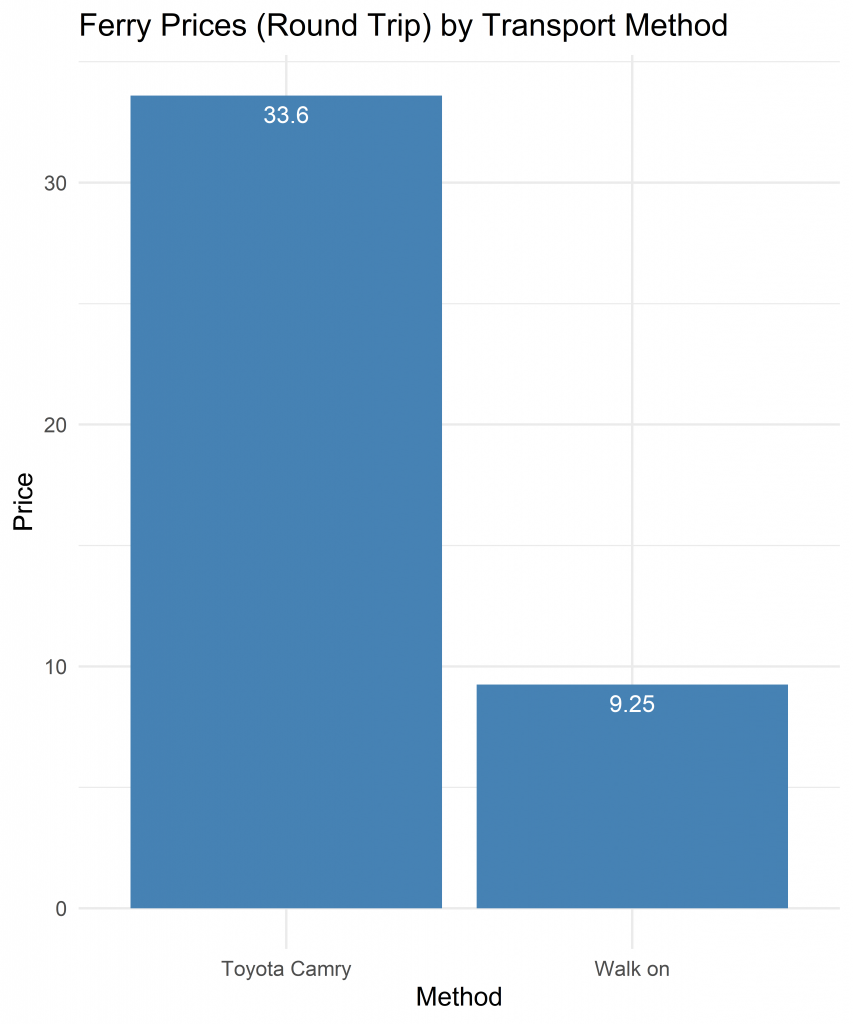
So it seems simple that walking is the cheaper option. But we can further quantify this, and it’s pretty obvious what other factor to consider – weight.
When I walk on, I merely bring my body of pure lean muscle, bone, organs, and mustache, possibly with a sandwich, possibly with a backpack; when I drive, I bring much more: a full living room’s worth of furniture, a radio, a literal ton of metal and tires, and whatever I’m hauling with me in the trunk. This adds up. This wears out the infrastructure. This costs more to maintain.
It’s really the ease of transportation that the prices are supposed to compensate, and weight is a pretty precise measure of the “work” (in the physics sense) being done to that end. It’s much, much easier to transport hundreds of pounds than thousands. That is what the ticket pays for.
How much we pay
For simplicity’s sake, I will round up my own weight to 200 pounds. The weight of a 2008 Camry can easily be google’d and found to be around 3300 pounds, or 3500 with me in the car.
So how much, then, is the price per pound of each option? (I will use price per 10 pounds, same thing). When I walk on, I pay $9.25 for 200 pounds – about 46 cents for every 10 pounds. With the car though? The $33.60 fare for 3,500 pounds of material means that the driver only pays 9.6 cents for every 10 pounds. In other words, the per pound rate is 4.8 times greater for the walk-on passenger. This seems like a hell of a deal for the car driver, particularly considering that a Camry is relatively light these days; the per pound rate for a Ford F150 is 7.4 cents per pound, meaning the walk-on pays over 6 times the truck driver.
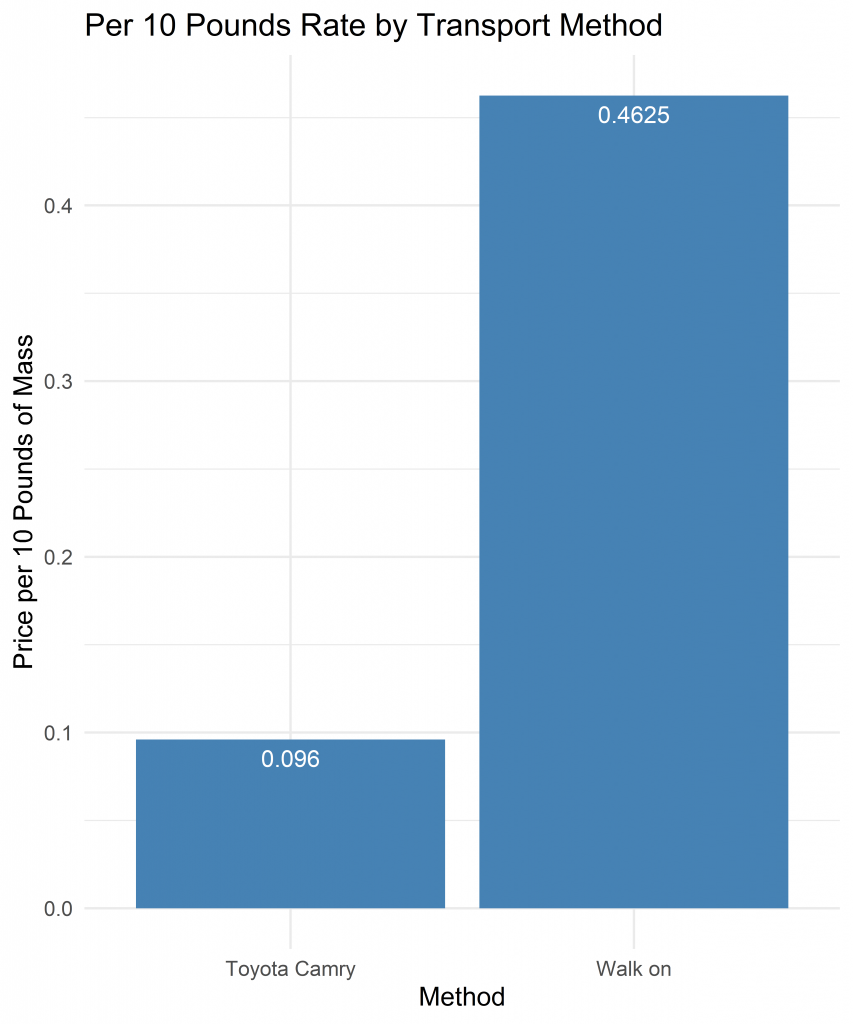
Implications
This barely even qualifies as data analysis, truly a back-of-envelope calculation, but the implication is pretty clear: light walk-on passengers pay more to help transport heavy drive-on passengers.
This should be an outrage to walk-on passengers. My high school self was right to be mad about the $8 price tag for a walk-on trip. My car alone could account for 10 entire walk-on passengers, so having the audacity to charge nearly $10 a piece for those people when they happen to not be a car is absurd.
Were we to adjust prices down for the walk-ons, the price would be about $2 round trip! And if we adjusted the price up for cars, a round trip would cost a whopping $160.
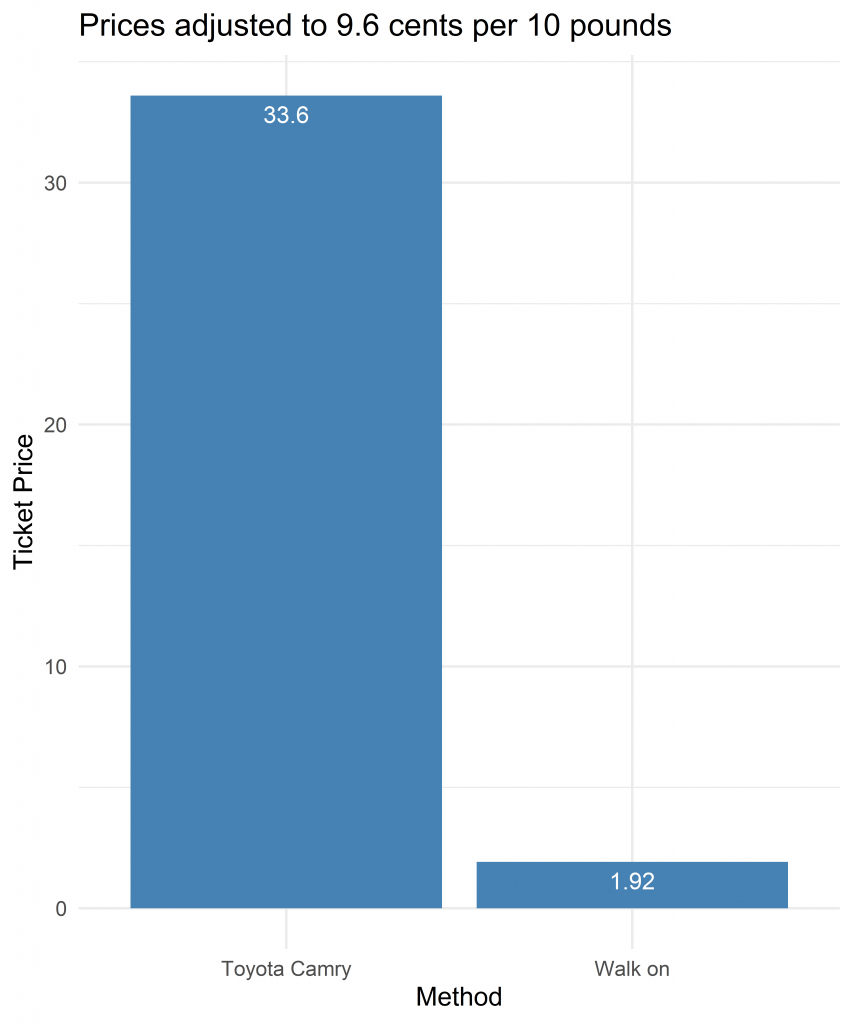
Obviously this adjustment is not going to happen, and I myself think an $80 one-way ticket to Kitsap would be extreme. And, of course, one can argue that using weight as a proxy for value is an incorrect measure. But no matter how you look at it, it seems like ridiculously unfair pricing. This doesn’t even get into the space efficiency (go look at that photo at the top again, practically 50% of the boat is car bay), but this is clear discrimination against walk-on customers.
And what exactly does that discrimination “buy” us? More maintenance costs? More carbon emissions? This is a policy that punishes environmentally friendly behavior and should be criticized as such. The Washington State Department of Transportation should be grilled on why this is the policy.
And cars are only getting bigger, and getting heavier, (including the magic electric ones). How big does this discrepancy need to be until people generally notice and eschew walking on entirely as a clearly bad deal?


